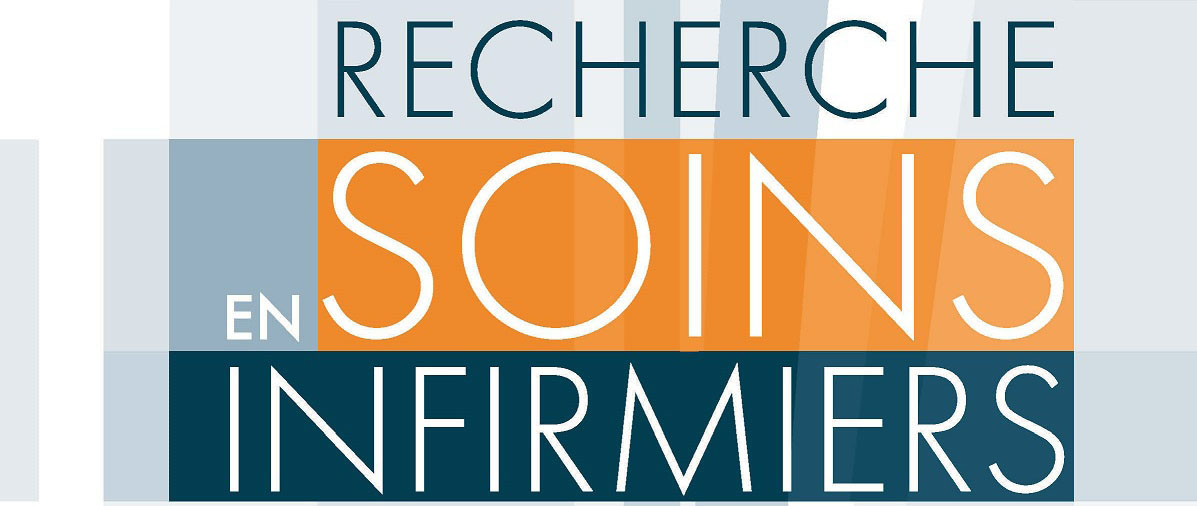“Sedation” or “palliative sedative practices at the end of life”? A linguistic study of guidelines developed in French-speaking countries on sedation in palliative care for adults
Introduction: Despite the number and importance of French-language guidelines related to palliative sedation for adults, these texts have never been the subject of a linguistic analysis.
Objectives: This study aimed to explore and analyze the terms used for sedation and their definitions in Belgian, French, Quebec, and Swiss guidelines.
Methods: Current documents were subjected to textual, terminological, and conceptual analysis.
Results: Belgian, Quebec, and Swiss guidelines use the same term to refer to sedation, without, however, conceptualizing it in a consistent way. By contrast, guidelines developed in France use various terms but define sedation in a similar (but not identical) way. Cultural specificities linked to end-of-life legislation in those countries and region were identified as a potential causal factor.
Discussion and conclusion: The diversity of terms and definitions inevitably reinforces the imprecision of the medical language, and the terminology in particular. This is likely to have a negative impact on communication between healthcare professionals, patients, and their families. Efforts should be made to homogenize the terminology and definitions used in guidelines.
- clinical practice guidelines
- French-speaking countries
- linguistic analysis
- palliative care
- palliative sedation
